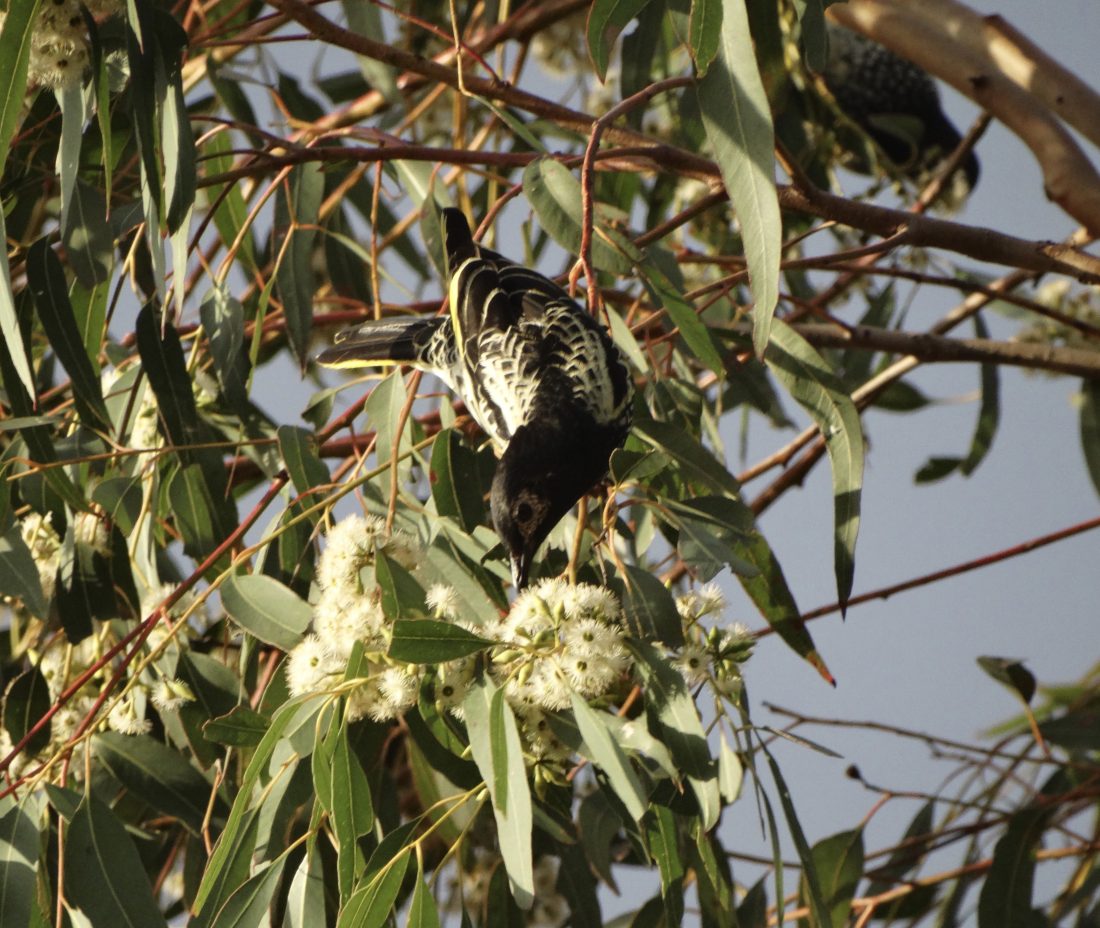Beck and forth
BECK looks toasted. Under round vintage sunglasses and a broad-brimmed black hat, the cheeks of one of the most inventive, elusive artists of the last quarter-century are sunburnt. Los Angeles is on fire. The resulting chaos has resulted in him running an hour late to the Capitol Records tower, the circular icon that sits off Hollywood Boulevard like a 13-storey stack of records, rammed through a spindle that protrudes a further 27 metres above.
In the early 1970s, the artist born Bek David Campbell spent his first years only a few blocks from here. Downstairs, in the foyer, there’s a coffee-table history of the building, for which he wrote the foreword. “As a kid, whenever we were returning from some far-flung part of the city in the back of a gas guzzler on a hot smoggy day, I can remember the Capitol Records building always signified that we were almost home,” he writes. Now he’s back.
He’s still boyish at 49, sun-kissed blond hair curling out from under his hat, but looks slightly frail after four months straight of travel. His backside doesn’t quite fill out his black ankle-cut trousers. His handshake is gentle. He says it’s a miracle he woke up at all today, because “today was that day where I was like, OK, I could just sleep for a week,” after flying in from New Orleans.… Read more..
